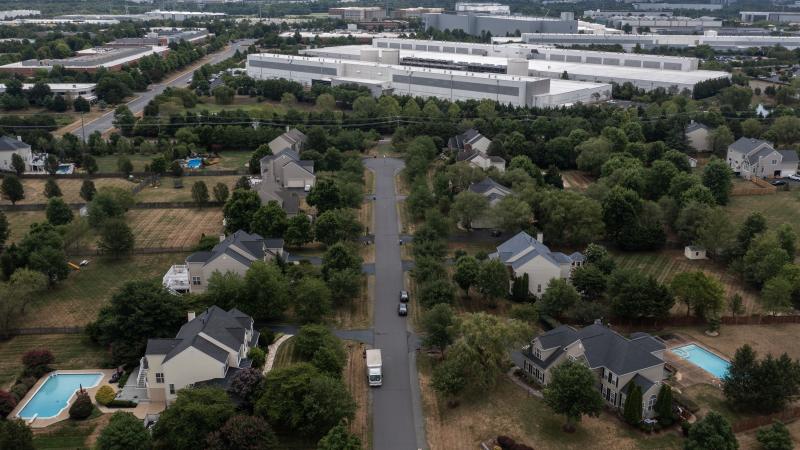California EV sales down compared to prior year, leaving EV mandate in question
The most growth has been in non-plug in hybrids, which grew 21.7% compared to the same quarter last year in California.
(The Center Square) - California battery-electric vehicle sales are stabilizing after peaking halfway through 2023 and entering steady decline. BEV sales peaked at 102,730 in the second quarter of 2023, bottoming out at 89,503 in the fourth quarter of 2023, before recovering to 101,443 in the second quarter of 2024. However, with BEV market share remaining in the same steady 21% range since the start of 2023, it’s unclear how the state is going to meet a new mandate for 35% of vehicle sales to be BEVs by model year 2026, which will start in 2025.
Because consumer product trends follow seasonal trends, comparing BEV sales to the same point in time last year is a more accurate measure of BEV resilience; BEV registrations are down only 1.25% over the year prior this quarter, while overall vehicle registrations are down 1.7%. This means BEVs are actually outperforming the overall vehicle market.
“The EV transition is in full swing with nearly one in four California car shoppers choosing to go electric over the last year,” said California Energy Commission Chair David Hochschild in a statement. “This is good news for all Californians as our success delivers cleaner air statewide and drives significant investment in our emerging zero-emission vehicle industry.”
The most growth has been in non-plug in hybrids, which grew 21.7% compared to the same quarter last year in California. While these standard hybrids, popularized by the Toyota Prius, no longer qualify for subsidies, their high reliability and miles per gallon — the current Prius is rated at 57 combined miles per gallon across city and highway — make them in high-demand for price-conscious consumers searching for lower running costs amid high inflation.
While the stabilization of EV sales after two quarters of decline comes as good news for EV producers, the stagnation of the state’s EV adoption rate is a challenge for meeting California’s mandate that 100% of cars be zero-emission by 2035. Jeep, for example, must curtail California deliveries of its gas-powered cars below consumer demand to meet the state’s EV mandate, leaving would-be buyers frustrated and manufacturing plants forced to lay off thousands of workers.
California is spending $1.7 billion on quintupling the state’s network of 10,000 public electric vehicle fast chargers. A recent study found 21% of chargers don’t function due to hardware and software issues, including from copper wire theft. Infrastructure theft is a growing problem in California, with infrastructure ranging from bridge lighting to fire hydrants pillaged for scrap metal.
Even if California were to have a more accessible, functional EV charger network, it’s unclear how the state will increase EV and plug-in hybrid market share from 25.1% at the end of the second quarter of 2024 to 35% in the 2026 model year that starts in 2025. California car sales are down 0.7% overall in the year-to-date compared to last year, while national car sales are up 4.8%, suggesting the state’s economy is struggling relative to the rest of the nation.














